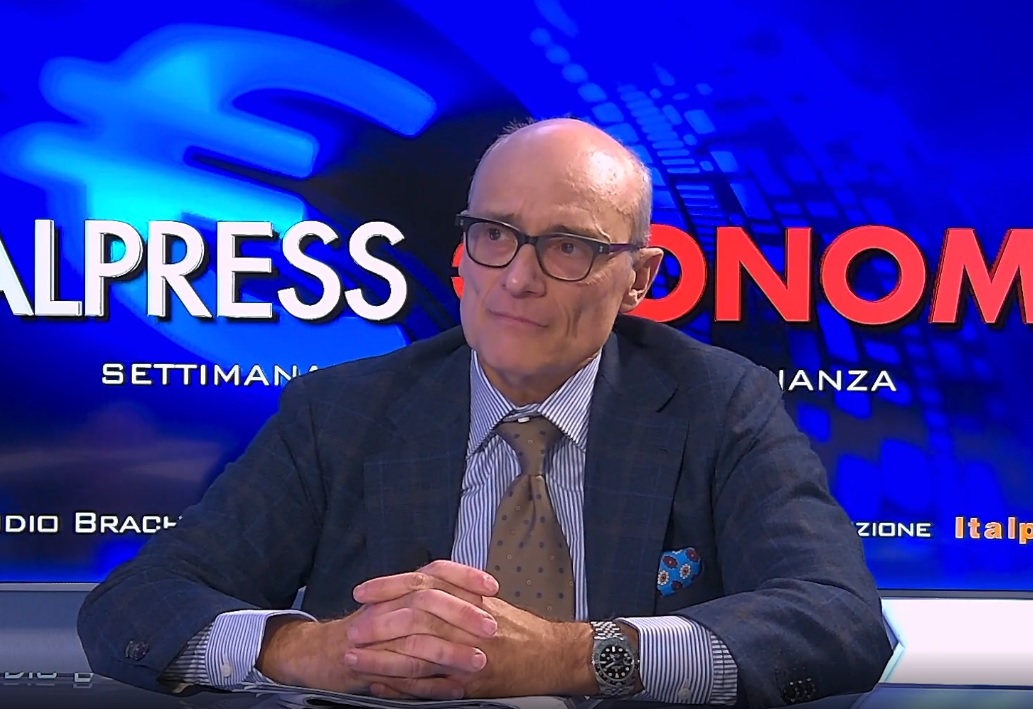ROME (ITALPRESS) – “Italy’s manufacturing structure is growing but it is also true that we have a lower productivity growth rate than other countries. Companies should invest in the double challenge of the green and digital transition, those that do have higher productivity especially if they then invest in human capital. Micro-enterprises will have an increasingly globalized market, so integrations and linkages are needed: districts and network contracts to acquire that strategic dimension that allows them to compete with greater innovation.” This was stated by Gaetano Fausto Esposito, director general of the “Guglielmo Tagliacarne” Center for Studies of the Chambers of Commerce, interviewed by Claudio Brachino for the television magazine Italpress Economy.Speaking more generally about the Italian economy, he explains how by many it has always been “painted like a bumblebee, which from a physical point of view should not fly, instead it flies. The truth is that these contradictions stem from the fact that our country has multiple engines of development, it has 70 percent service economy, 20 to 21 percent industry, and 5 to 6 percent that is construction; this explains why when one engine, as is currently happening for a slice of industry, starts pumping less, the other sectors come to support this activity. This is one of the keys to reading a complex country that is articulated in sectors and territories. “In a country like ours, national growth has a value that is very much articulated at the territorial level. For example,” Esposito continues, “we have territories, especially in the Northwest, that are marking a slowdown in growth, the different areas of the country also reflect the different sectoral mix. In this composition, the different mix is being combined with a growing openness also at the international level, which greatly affects the manufacturing industry on which, however, may weigh the boulder of uncertainty also due to the events of the duties. The South, especially after Covid, is showing interesting signs of vitality. Last year it had a higher real GDP growth than the rest of the country, it is gaining speed, in the South there are a number of very interesting cores that are consolidating such as innovative start-ups, which has doubled its presence since 2016. On the fact, however, that the South is the new engine some doubt, there are signs of dynamism but an engine to push needs a lot of fuel and the productive structure of the South has several weaknesses, with the understanding that there are some interesting facts. “Then the issue of labor. “We have GDP that is growing little and employment that is growing, it is labor that is not bringing wealth today but we have to remember that we come from a period of very strong inflation where the power of wages has been reduced. A good portion of companies have been able to grow margins and have found it cheaper to hire and hold on to a piece of the employment for the future,” he notes. “This is a good thing because companies are hiring more despite the fact that they are not selling to the same extent, this is because they anticipate developments. Because we have a problem with finding and aging workforce, companies are trying to take as many young people as possible to keep them for the future. This is fueling employment, and objectively we have never had such a high rate. Inequality is increasing because wages, partly as a result of higher inflation, have shrunk; over the last 30 years the average wage has remained the same, and this increases inequality,” he concludes.
– Italpress Photo –
(ITALPRESS).

